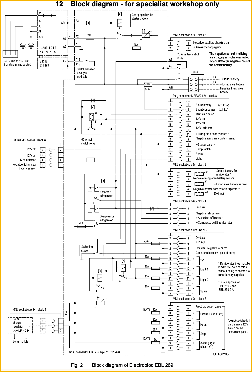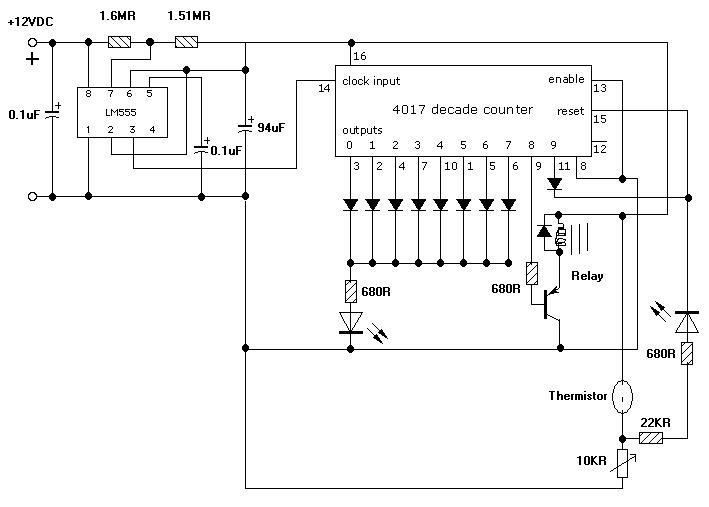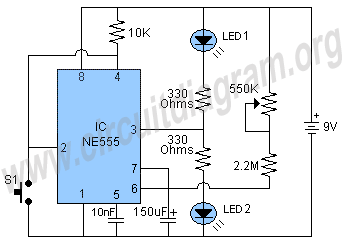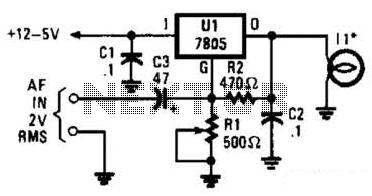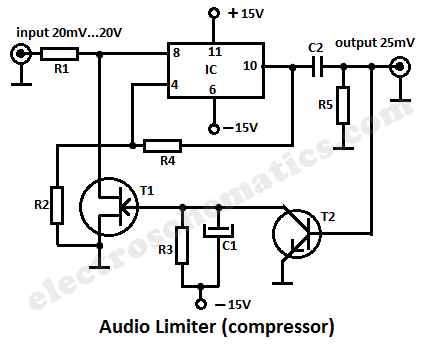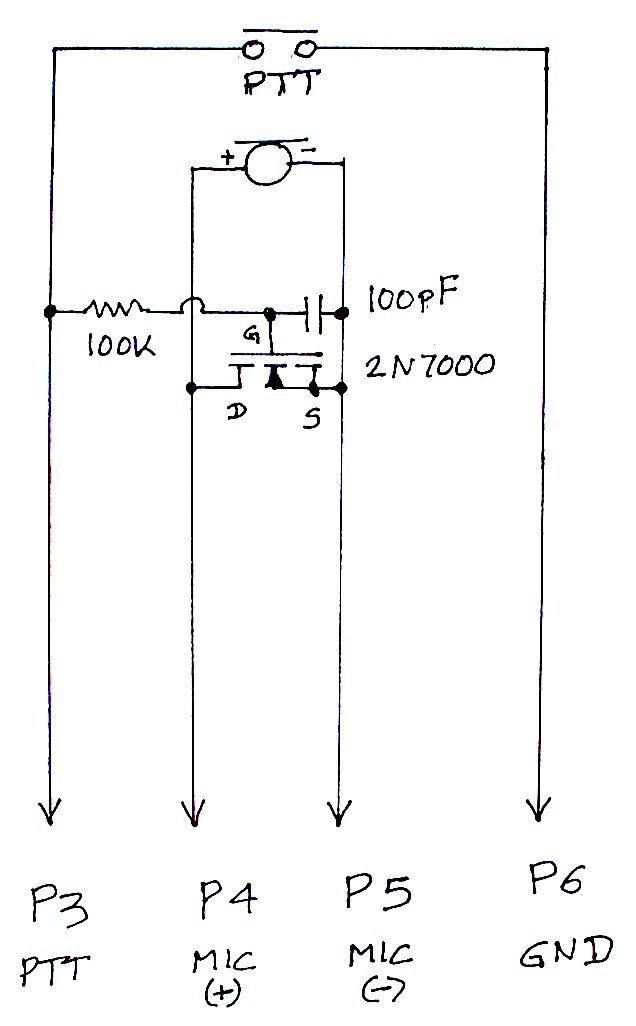
Speakerphone Adapter Circuit

Using a Motorola MC34118 speakerphone IC, this adapter can be utilized with a standard telephone to enable speaker functionality. The device is powered from the phone line; however, it can also be powered through an external power supply if the line loop current is insufficient. An external phone is required for ringing and dialing functions.
The circuit utilizes the Motorola MC34118 integrated circuit, which is specifically designed for speakerphone applications. This IC integrates various functions necessary for hands-free communication, including echo cancellation, gain control, and noise suppression. The adapter connects to a standard telephone line, allowing the user to utilize speakerphone capabilities without replacing their existing telephone.
The power supply for the MC34118 can be derived from the telephone line itself, which typically provides sufficient voltage and current for operation. However, in scenarios where the line loop current is low—such as with certain telephone service providers or older telephone systems—an external power supply can be employed. This external supply should match the operational voltage requirements of the MC34118, generally around 5 to 12 volts, to ensure reliable performance.
For functionality, the adapter requires an external telephone for initiating calls and receiving incoming calls, as it does not possess its own dialing capability. The external phone must be connected to the adapter in a manner that allows it to interface with the MC34118, ensuring that ringing signals and dialing tones are appropriately routed to the speakerphone circuit.
The schematic for this adapter will typically include the MC34118 IC, necessary passive components such as resistors and capacitors for filtering and stability, and connections for the telephone line and external power supply. Additionally, the layout must account for proper grounding and isolation to minimize interference and ensure clear audio quality during operation. This design effectively transforms a standard telephone into a speakerphone, enhancing communication convenience in various settings. Using a Motorola MC34118 speakerphone IC, this adapter can be used with a regular telephone to provide speaker capability. This device is powered from the phone line, but it can be powered via an external power supply if the line loop current is marginally low T.
An external phone is needed for ringing and dialing functions. 🔗 External reference
The circuit utilizes the Motorola MC34118 integrated circuit, which is specifically designed for speakerphone applications. This IC integrates various functions necessary for hands-free communication, including echo cancellation, gain control, and noise suppression. The adapter connects to a standard telephone line, allowing the user to utilize speakerphone capabilities without replacing their existing telephone.
The power supply for the MC34118 can be derived from the telephone line itself, which typically provides sufficient voltage and current for operation. However, in scenarios where the line loop current is low—such as with certain telephone service providers or older telephone systems—an external power supply can be employed. This external supply should match the operational voltage requirements of the MC34118, generally around 5 to 12 volts, to ensure reliable performance.
For functionality, the adapter requires an external telephone for initiating calls and receiving incoming calls, as it does not possess its own dialing capability. The external phone must be connected to the adapter in a manner that allows it to interface with the MC34118, ensuring that ringing signals and dialing tones are appropriately routed to the speakerphone circuit.
The schematic for this adapter will typically include the MC34118 IC, necessary passive components such as resistors and capacitors for filtering and stability, and connections for the telephone line and external power supply. Additionally, the layout must account for proper grounding and isolation to minimize interference and ensure clear audio quality during operation. This design effectively transforms a standard telephone into a speakerphone, enhancing communication convenience in various settings. Using a Motorola MC34118 speakerphone IC, this adapter can be used with a regular telephone to provide speaker capability. This device is powered from the phone line, but it can be powered via an external power supply if the line loop current is marginally low T.
An external phone is needed for ringing and dialing functions. 🔗 External reference
